Tenmoku is a shining star in the long history of traditional Chinese culture. It flourished during the Song Dynasty and was used as royal tea ware by the imperial court. It was also one of the eight famous porcelains of the Song Dynasty. Tenmoku was produced in Jian'an County, Jianzhou Prefecture during the Song Dynasty, and the kilns that produced Tenmoku were called Jian Kilns. When it comes to the history of the Song Dynasty, Tenmoku must not be ignored. During the Song Dynasty, the tea-drinking culture was flourishing, and Tenmoku became an essential tool for tea competitions. From emperors to common people, everyone regarded Tenmoku as a rare treasure, and it became a symbol of social status during the Song Dynasty.
Later, Japanese monks who came to China for study and cultural exchange brought Tenmoku back to Japan, where it became a top national treasure. In addition to Japan, the presence of Tenmoku can also be seen in many famous museums in the United States. The unique artistic beauty of Tenmoku is deeply loved by people. Unlike ordinary teacups, using Tenmoku to drink tea adds a pleasant atmosphere to the tea-drinking experience. Let's learn together how to maintain the small Tenmoku properly.
Why should you cultivate a taste for Tenmoku?
A small Tenmoku may look like a black piece of tile from a distance, but when you hold it gently in your hand, you'll discover its mysteries. When illuminated, this little-known cup emits a colorful light, showcasing the beauty of hare's fur, oil droplets, and sesame glaze, as if it were an uncharted universe, igniting a desire for exploration within people.
Tenmoku enthusiasts know that Tenmoku is not just for collecting. True enthusiasts frequently use their Tenmoku to taste tea, carefully selecting tea leaves and condensing the spirit of the cup in tea soup at different temperatures. Through long-term cultivation, subtle changes occur to the Tenmoku, and every texture of the Tenmoku tells its story.
How to cultivate Tenmoku?
Maintaining Tenmoku is not an easy task and requires careful attention to every detail. There are several aspects that require particular attention.
Firstly, due to the fact that Tenmoku may collect dust during transportation after leaving the kiln, it is important to rinse it with boiling water before brewing tea, or boil it in hot water for a few minutes. It is best to control the time within five minutes to achieve the effect of warming and disinfecting the cup.
Secondly, when using Tenmoku to drink different types of tea, it is important to distinguish between them. Deep-colored tea soup is suitable for using the same cup, while light-colored tea soup should be brewed in a separate cup. It is recommended to use different cups according to the color of the tea.
After pouring the tea soup into the Tenmoku, it is not advisable to taste it immediately due to the high temperature. Instead, gently shake the Tenmoku to let the tea soup soak the entire cup. This can help the cup absorb the tea color evenly and make it easier to cultivate a uniform color tone.
When drinking tea with Tenmoku, you must not be impatient. During this process, you will feel the changes of the tea soup in the Tenmoku, and the texture of the Tenmoku will gradually emerge.
Thirdly, it is not advisable to leave tea soup and tea leaves in Tenmoku overnight, and Tenmoku should not be soaked in tea soup for a long time.
After drinking tea, it is not advisable to clean Tenmoku with cold water. Instead, it should be rinsed with hot water first before cleaning. Once cleaned, it can be wiped with a soft tea cloth or left to air dry in a ventilated area. It is important not to use fine gauze cloth to wipe Tenmoku, as this can damage the surface of the Tenmoku and leave scratches, causing the luster of the crystal to gradually disappear.
How can we create rainbow-colored light?
For those who cultivate Tenmoku, the most important sign of success is to produce rainbow-colored light from the Tenmoku.
There are two explanations for the so-called rainbow-colored light:
The first explanation is that the surface of the Tenmoku is mainly composed of iron and alkali substances. When tea and iron undergo a chemical reaction, the material structure on the surface of the Tenmoku changes, leading to a change in color.
The second explanation is that the material on the surface of the Tenmoku absorbs tea stains through the infiltration of tea, forming a refractive surface under the illumination of light, thereby producing a different luster than before.
There are many types of Tenmoku, and not all of them can produce rainbow-colored light. They are distinguished by firing method, which is mainly divided into reduction firing and oxidation firing.
For example, the Tuhao Jian is fired using the oxidation method, which creates a protective layer on the surface of the Tenmoku. This prevents the surface of the Tenmoku from undergoing a chemical reaction with the tea, resulting in a mirror-like effect and a bright color. However, this firing method cannot produce rainbow-colored light.
Tenmoku fired using the reduction method will form some fine pores on the surface of the Tenmoku, allowing the tea to easily penetrate into it, making it easier to produce rainbow-colored light. Therefore, if one wants to cultivate rainbow-colored light, it is necessary to select Tenmoku fired using the reduction method, otherwise, it will be in vain.
The so-called "art of caring for teapots" is not only about people caring for objects, but also about objects caring for people. During the process of caring for the teapot, you will find that the teapot becomes more antique, moist, profound, and heavy, and it will also bring out a colorful radiance. Your inner world will also change with the changes of the teapot, becoming calm and peaceful, unperturbed by honor or disgrace. In this process, it is not so much about caring for the teapot as it is about people and the teapot mutually influencing each other.
Caring for a teapot requires a calm and peaceful state of mind. Some people may see remarkable results in just a week, while others may spend a long time without seeing much effect. In any case, cultivating a teapot is an enjoyable process. While achieving good results is certainly desirable, it is more important to enjoy the process, listen to your inner voice, and avoid blindly pursuing a brilliant outcome.



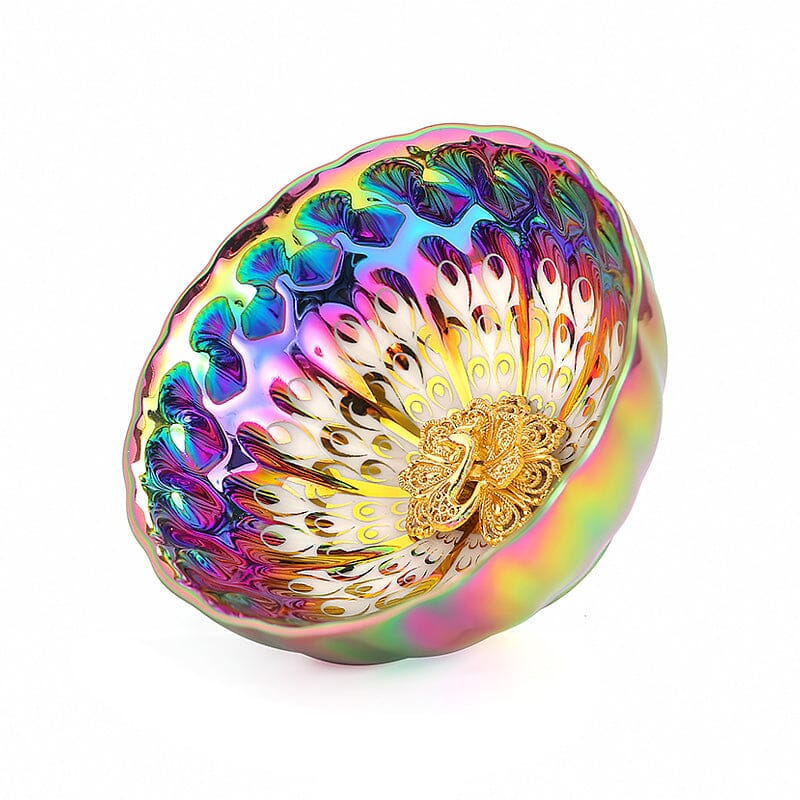
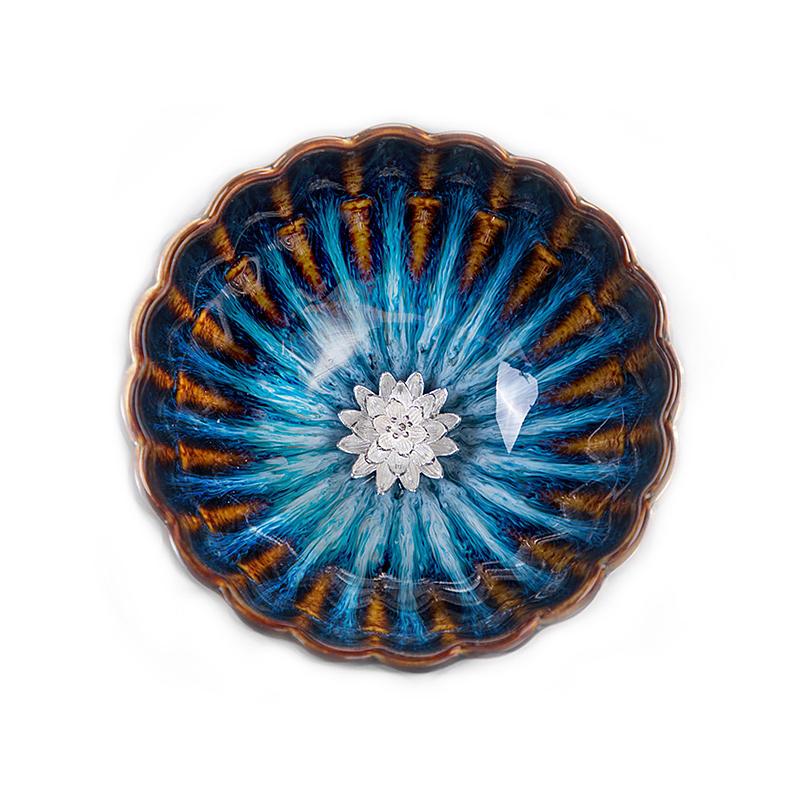
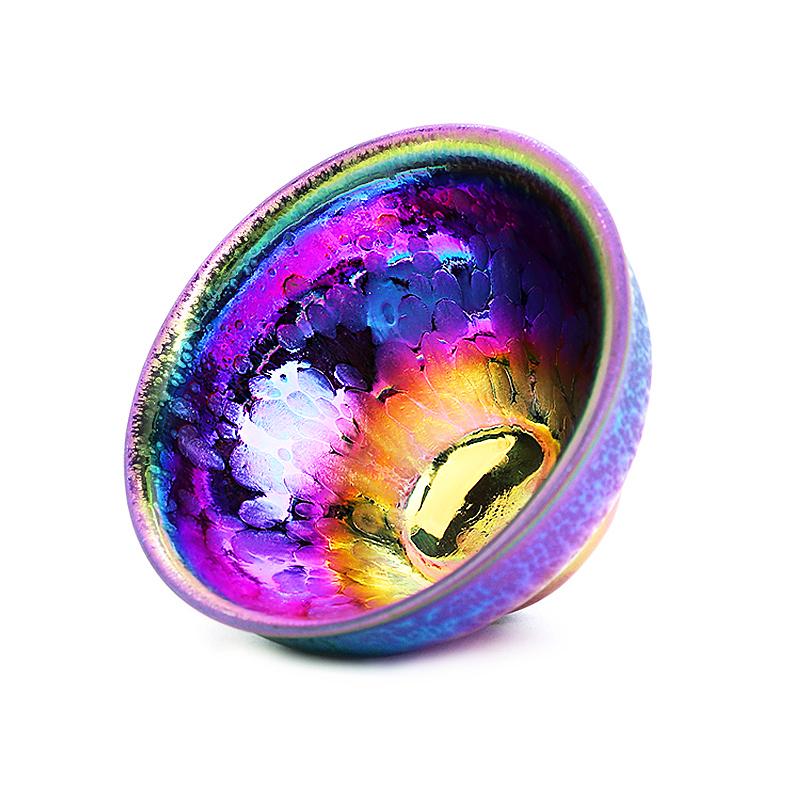
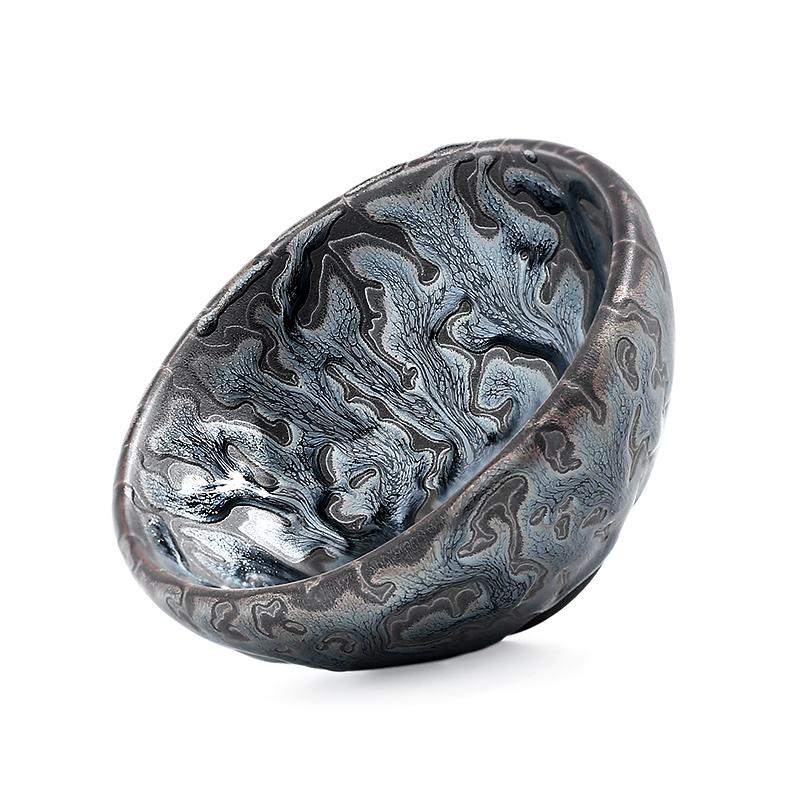
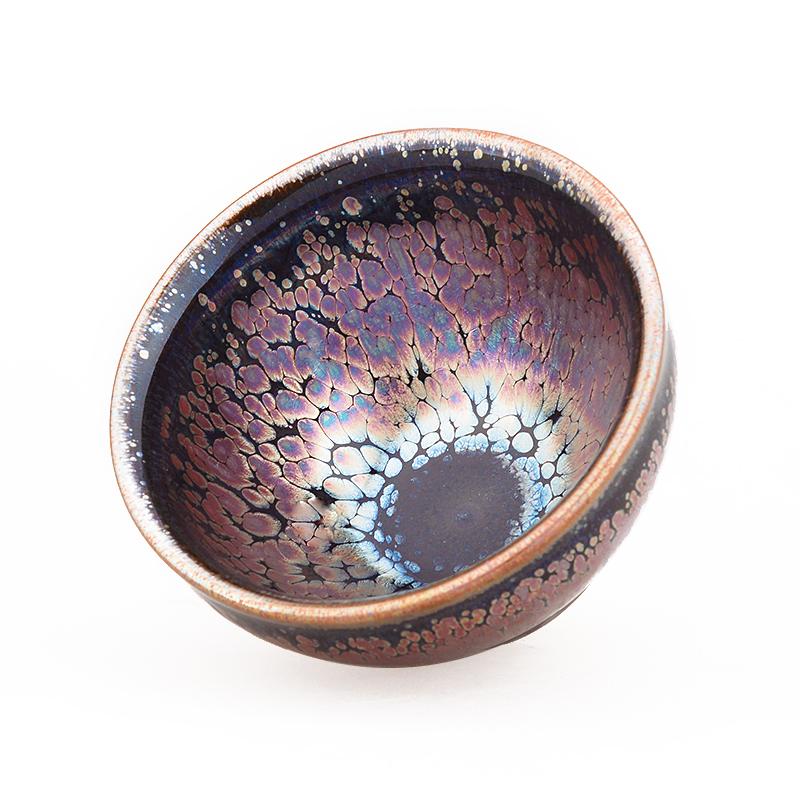
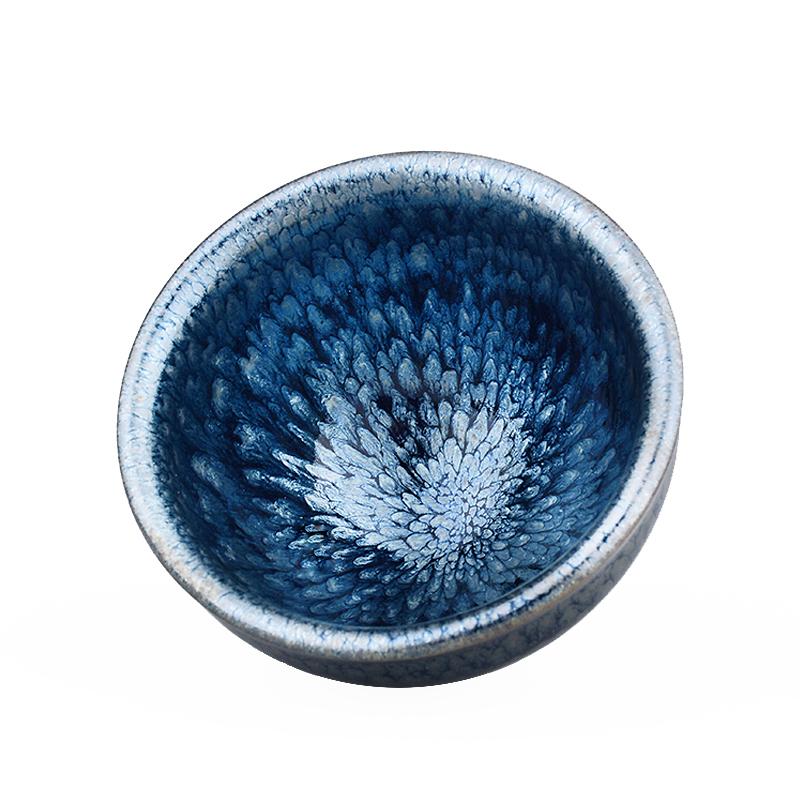
Share:
Is Tenmoku poisonous? I'm afraid you're just joking too much.
Is Tenmoku considered an art piece? Can ordinary people afford it?